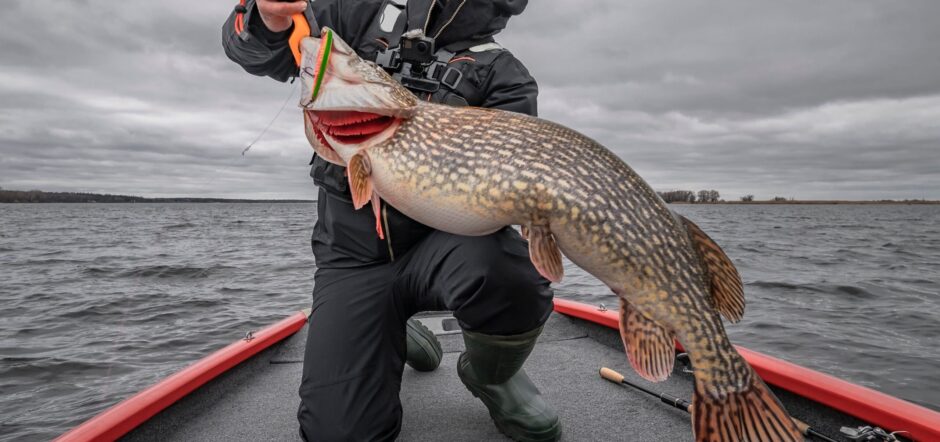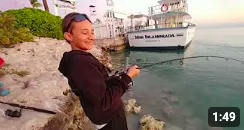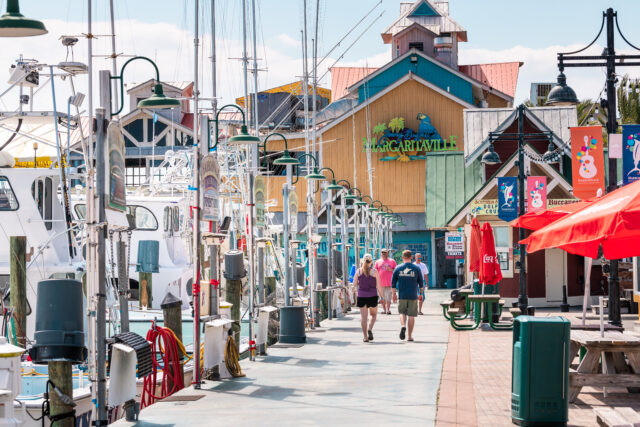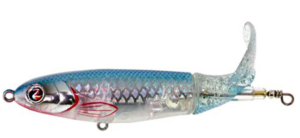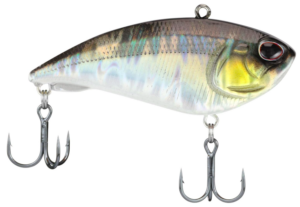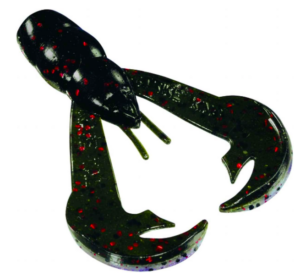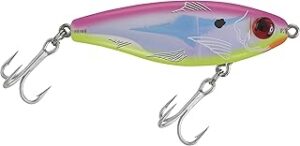
Spring starts early when it comes to northern pike fishing. Early spring brings warmer water temperatures and that gets the pike moving, however, they move much earlier than many other species of fish. Good numbers of pike move towards their spawning grounds just before ice out and into the first couple weeks of ice out on most lakes.
Ice Out Pike

Northern pike fishing in the spring starts earlier than just about every other freshwater species of fish, except maybe steelhead in rivers. When the ice goes out, the pike will be in the bays to spawn. This may not last for long, so plan your trips accordingly.
Dead Baits
Many anglers report very good fishing with dead baits on the bottom while targeting ice out pike immediately after ice out. Dead cisco are very popular, but other big baits will work well too. It seems weird fishing for northern pike similar to going fishing for catfish, but it definitely works. Big pike will pick up your dead baits right off the bottom.
Spawning Pike
Once the spawn starts, the bite can be tough. Many pike will be tough to catch once the spawn starts, however, every pike doesn’t spawn at the exact same time, so you probably should be more focused on making sure the ice is gone than whether or not you time the exact ice out perfect or not. For most areas, you may have a 2 to 3 week stretch with some excellent fishing opportunities.
Current
On lakes with current, you can often find lots of northern pike in these areas as well. Current is definitely something you should be checking out if the lake you are fishing has some current in one of its bays.
Post Spawn Pike
Pike will get hungry again after the spawn and many of these bigger fish may hang in the bays for a little while while water temperatures are still cool. As water temperatures raise to 50 and then 60 degrees, many bodies of water will have the walleye move in after the pike and then the smallmouth bass after the pike. At this point, many of the bigger pike may already be relating to some of the deeper weed edges in the bays that are forming or even primary and secondary points back out on the main lake. Some pike will stay in the shallows near the weeds all summer, so even if you time the ice out late, you can still catch pike shallow. You just may miss some of the bigger pike opportunities that were present when water temperatures went from ice out to around 50 degrees.
